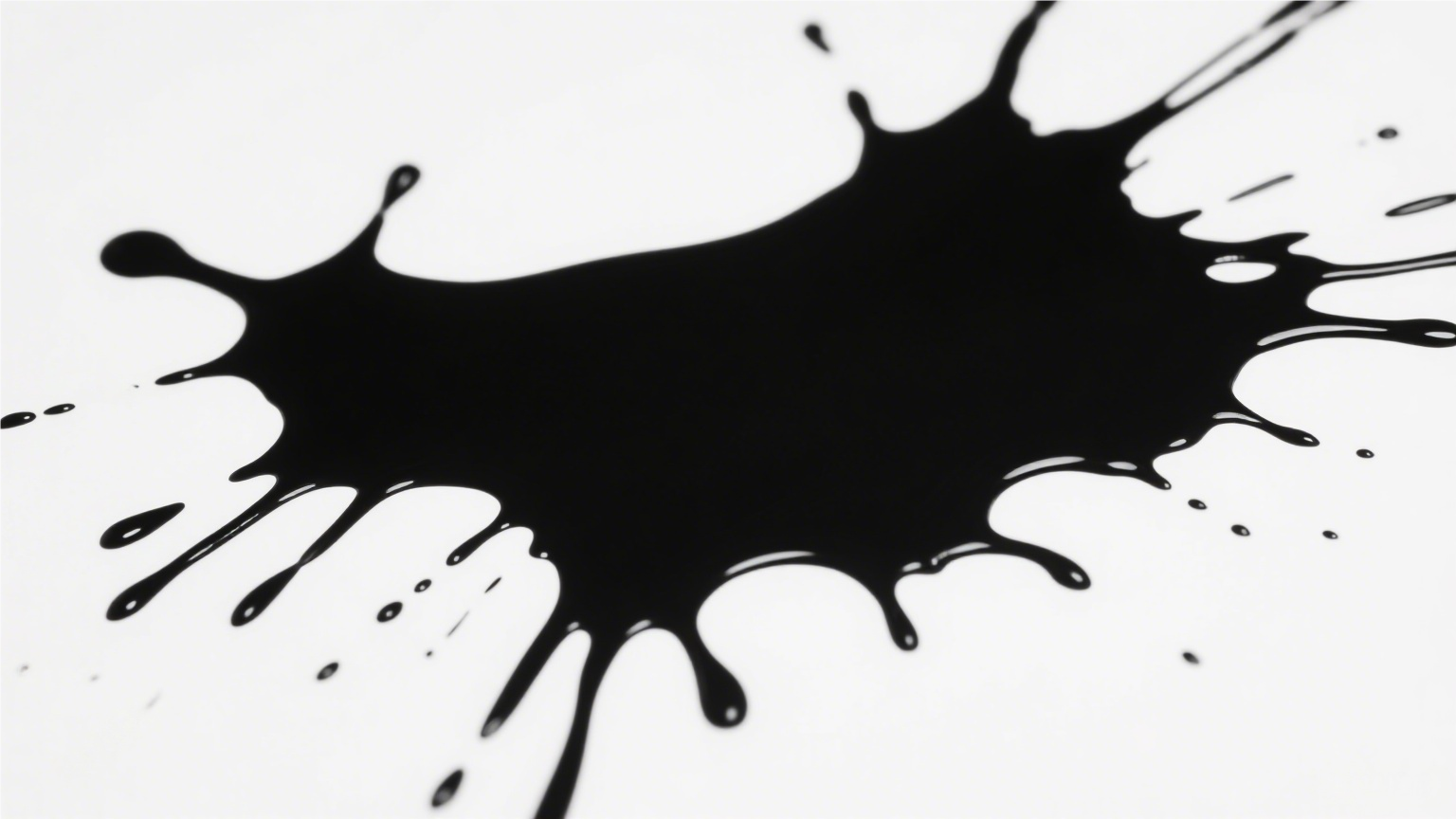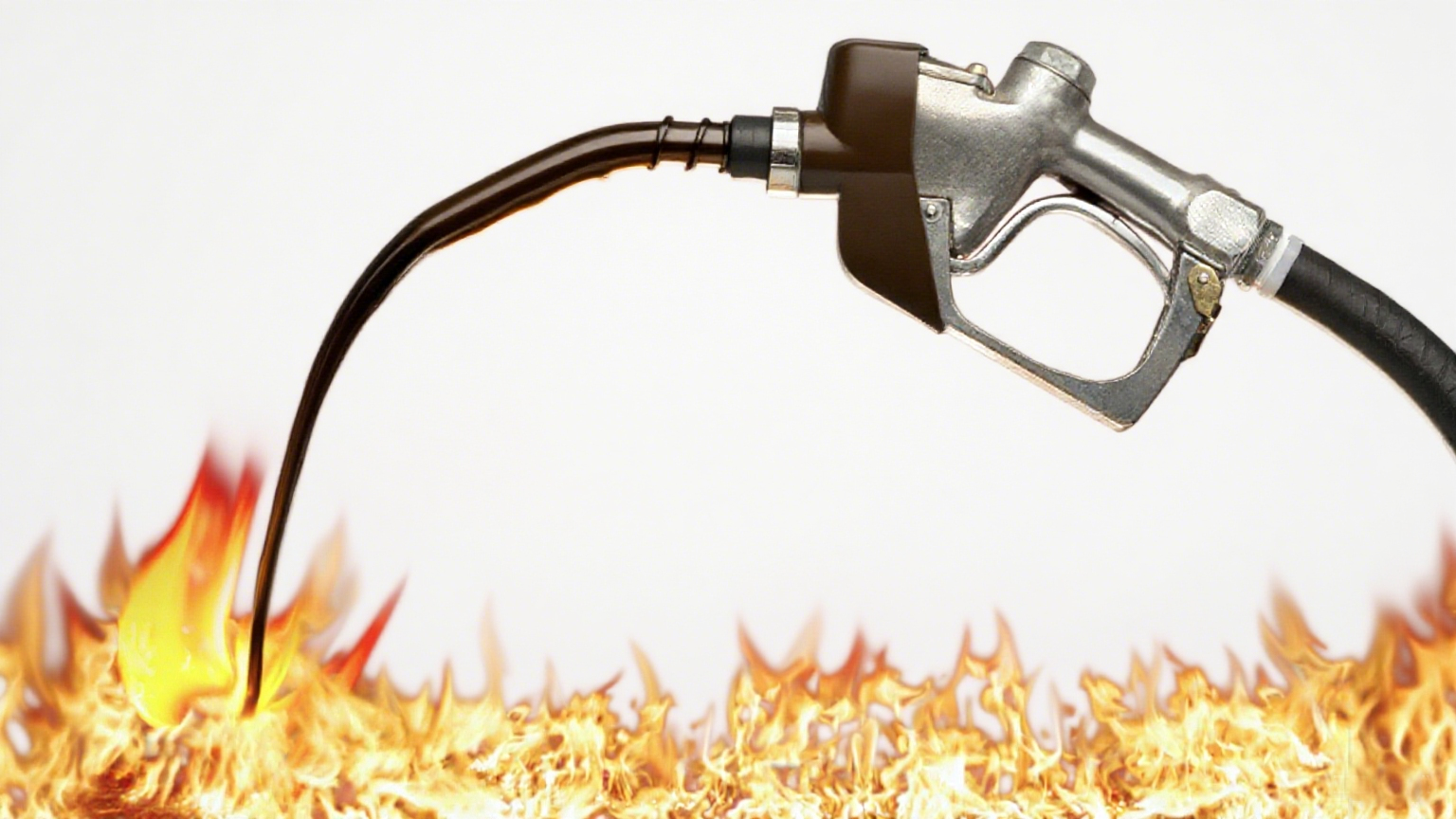Sustainable by default

Turning Waste into Value
CARBON BLACK
RECYCLING
Carbon black recovered from tire pyrolysis transforms waste into a valuable industrial resource.It plays a critical role in rubber, plastics, coatings,and conductive materials. With the global marketat USD 27B in 2023 and expected to exceedUSD 40B by 2032, it demonstrates the strong ynergybetween sustainability and economic growth.
USD 27B
USD 40B+

Pyrolytic Carbon Black:
A Sustainable Alternative
Unlike traditional carbon black produced from hydrocarbon combustion, pyrolytic carbon black offers similar structure and performance with only 70–90% reinforcement requirements. Through surface modification, it can partially replace primary carbon black, reducing energy use and CO₂ emissions while enabling carbon circularity for a greener industry.

Pyrolysis OilsFrom Waste To Low-Carbon Fuel
With a calorific value close to that of diesel,pyrolysis oil serves as an ideal fuel substitutein industries, limiting reliance on fossil fuelswhilst also mitigating open-flame emissions.
Pyrolysis Oil is a liquid fuel produced by pyrolyzing waste polymers (e.g., tires) in an oxygen-free high-temperature environment. It combines the dual advantages of energy substitution and resource recovery.
Rich in hydrocarbons (over 80% for tire-derived oil), it has a calorific value close to diesel (42–45 MJ/kg), making it an ideal alternative to fossil fuels.
• Direct use: fuel for industrial boilers and furnaces, replacing coal and heavy oil.
• Refined use: upgraded into gasoline, diesel, or chemical feedstocks such as benzene and toluene.
With no open-flame combustion during production, pyrolysis oil minimizes emissions (e.g., dioxins, sulfides), aligning with environmental protection and the circular economy.




